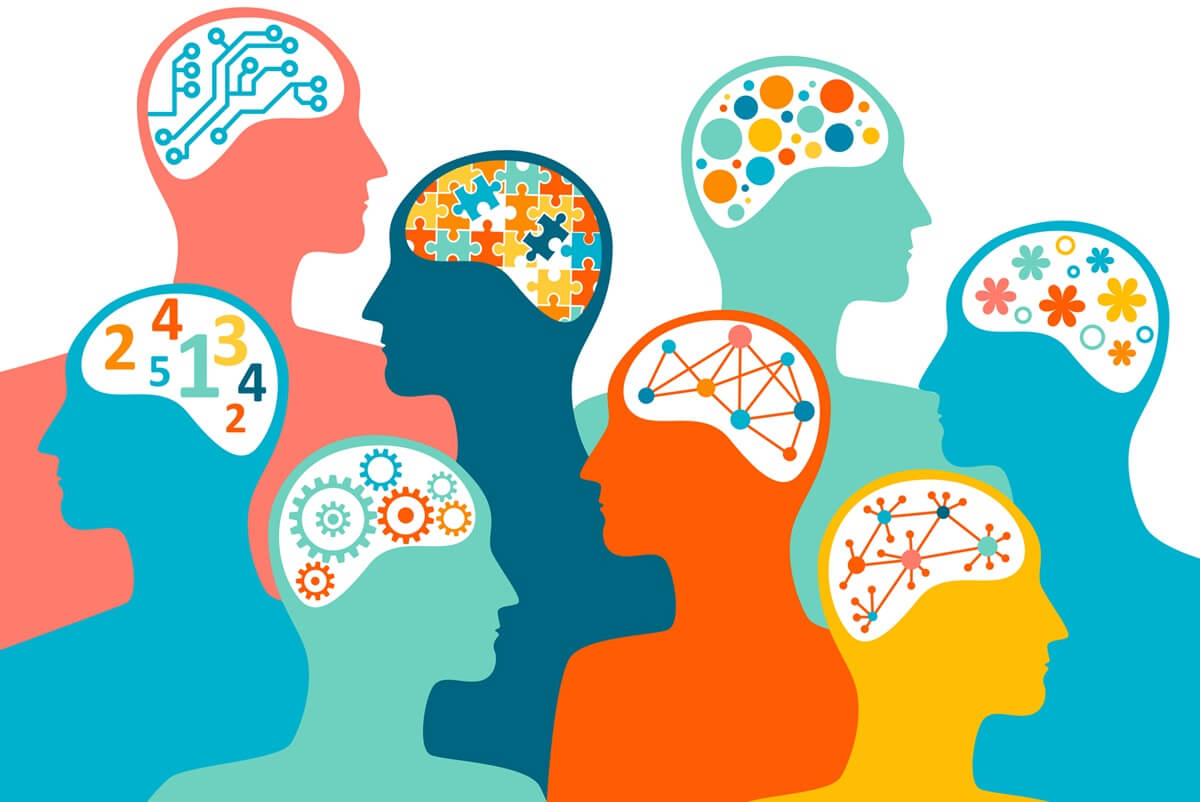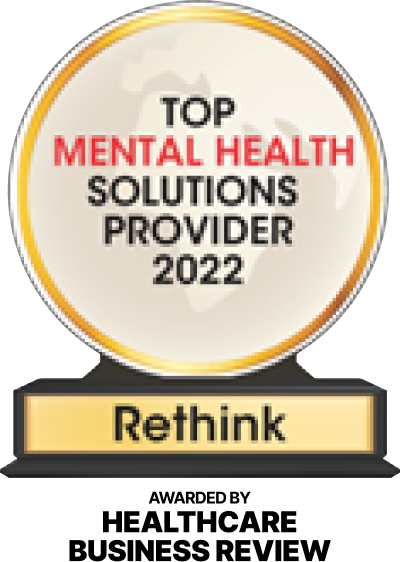Universal Design, by definition, is: “The design and composition of an environment so that it can be accessed, understood, and used to the greatest extent possible by all people, regardless of their age, size, ability or disability.” This article will show you how universal design leads to consistency in business practices and workplace inclusion.
All employees can benefit from managerial and operational adjustments that will effectively facilitate inclusive attitudes, behaviors, and interactions among team members and ensure the inclusion of neurodiverse individuals. To illustrate, here are some examples of how to bring this universal design principle into meeting etiquette:
- Circulate agendas and other written information in advance of a meeting
- Grant employees enough time to read information, gather thoughts, and then develop their ideas independently
- Use the roundtable approach to give everyone an equal opportunity to contribute their ideas during the meeting
Teams can be affected by something called shared information bias. This issue happens when members involved in decision-making processes tend to favor a stance shared by the majority and miss out on the ideas that someone holds back because those ideas may appear invalid to others or seem conflicting with earlier conclusions. In effect, the team may miss out on the best ideas that help them the most. Following the simple steps above will avoid the risk of poor business outcomes due to myopic decision-making. These steps will also help individuals who require additional time to process and interpret information before formulating a response, those who struggle to speak in front of others without preparation, or those who find it challenging to recognize when it is their turn to speak.
Supervisors can openly discuss and agree with employees about the managerial and operational adjustments that will help further inclusion and improve engagement and satisfaction for everyone—driving business performance. Talking about these adjustments as a team will feel less daunting and intimidating than having one-on-one discussions with each member, including those with hidden disabilities such as autism, ADHD, or dyslexia who choose not to disclose their status.
Overall, teams perform better when members feel empowered to influence team policies and procedures, clearly understand their job responsibilities and expectations, share agreement on team goals and objectives, and align themselves with those goals and objectives. Supervisors who embrace and participate in autism hiring programs report that following similar principles makes them better at managing people in ways that benefit everyone.
Supervisors can also demonstrate universal design by embedding the following job aids and productivity techniques into everyday interactions to further inclusion:
- Create flow charts or roadmaps to guide a project with steps team members can follow to complete their part of the project and a timetable to stay ahead of deadlines. This procedure will guarantee that every member has an assigned job, and no one is left out. Also, it will reduce the time to complete the project. Employees who struggle with planning and organizing can benefit from flow charts or roadmaps
- Create scripts or outlines for presentations, or routine customer calls to manage process flow and assure quality. When scripts or outlines are standardized, supervisors can use objective measures and rely less on subjective and biased opinions when assessing employee performance. Employees who struggle with effective communication can benefit from scripts or outlines
- Find a quiet, distraction-free environment for an employee who will engage in a task requiring active listening (e.g., a sales pitch) or complex problem-solving (e.g., saving a project from failure). This environment will give all individuals the psychological capacity to bring their “whole” selves to the task and assist specific individuals with sensory sensitivities
While these job aids and productivity techniques may place demands on organizations, the time and effort needed to address the effects of excluding individuals far exceed the necessary time and effort to include them.
One final note on design: A term that is used interchangeably with universal design is inclusive design. However, these two terms have different meanings. Universal design aims to create a single environment that serves the entire population but realizes that no one solution can meet every need. In contrast, inclusive design involves meeting a specific individual’s accommodation need and then extending it to others for everyone’s benefit. Common workplace accommodations for neurodiverse individuals that can be a great help to others include:
- Covering only a few main points in presentations or discussions and using:
- Readable font and spacing between characters, words, and lines in written materials
- Visuals cues such as headings and bullet points to break up the text
- Simple phrases or short, easy-to-read sentences whenever possible
- Offering guides or templates for writing communications (e.g., a sample email that explains template elements such as subject line, greeting, body, and signature)
- Helping with proofreading
- Providing technology for:
- Text-to-speech
- Voice-to-text
- Assistive software to support literacy and productivity needs
- Following up verbal instructions in writing
It is essential to use your organization’s accessibility services to escalate workplace accommodation requests from employees with disabilities or their managers as they will help oversee implementation. Moreover, this provision should not only be available to employees with disabilities. Research shows that most employees who request accommodations are individuals without disabilities. Therefore, an inclusive or universal design will give supervisors the tools to improve collaboration, engagement, and performance among all employees.
Contact us to learn more about how Rethink may help your organization promote neurodiversity and inclusion.










